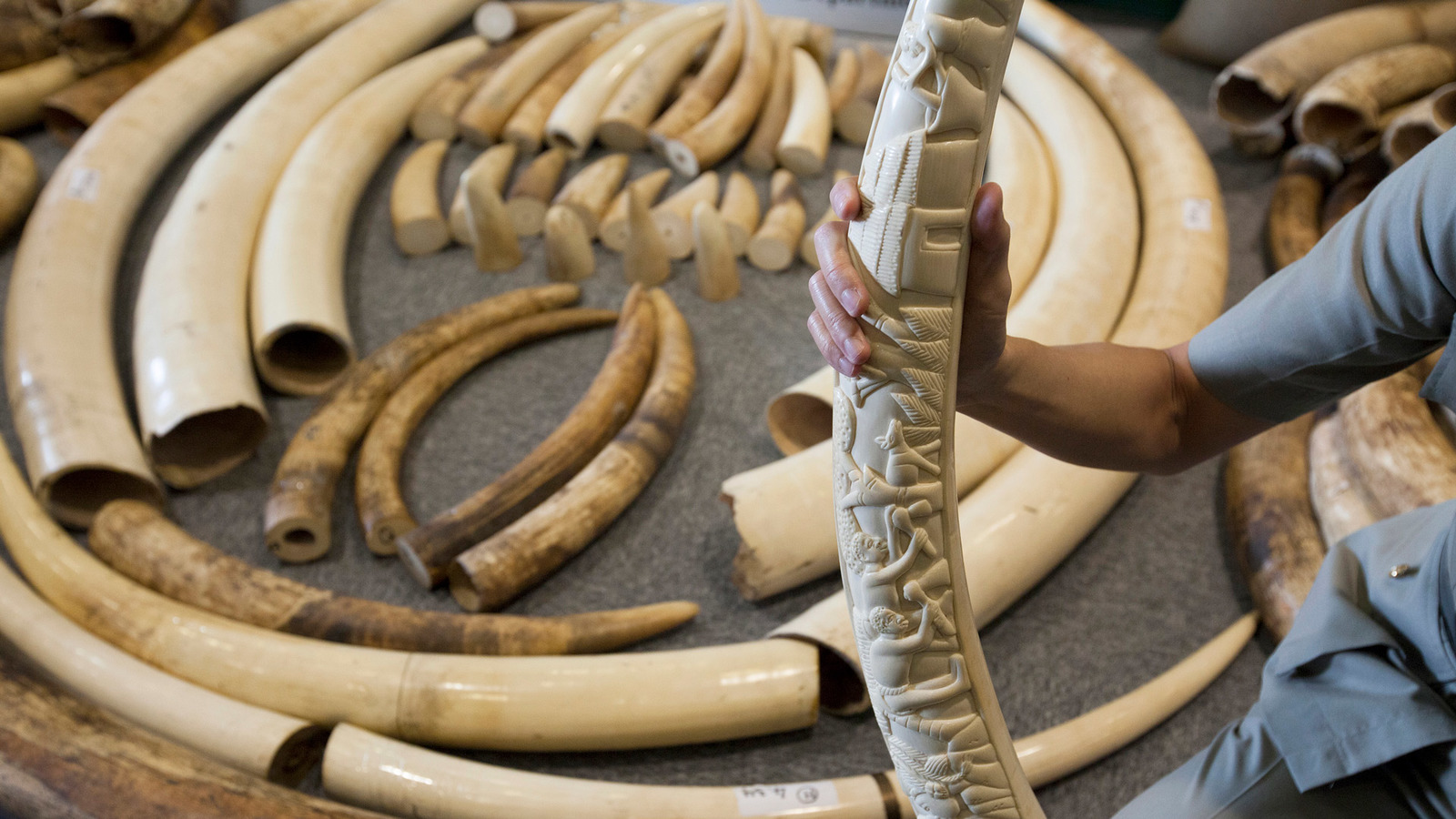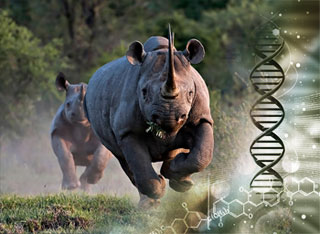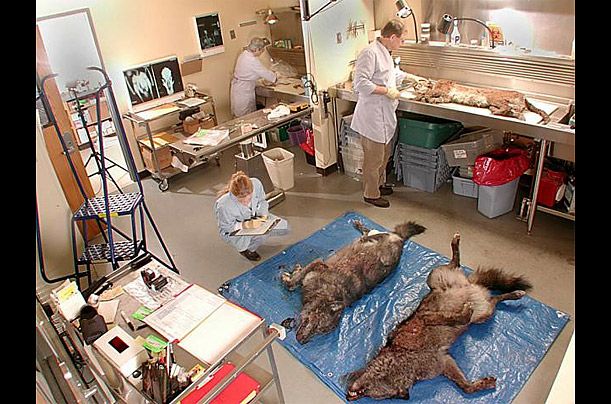One cannot imagine the level of deviance human beings have figured to get themselves knee-deep in. Animals are part of this planet and have their own ecosystem and world in which they are immersed. Interfering in their little world and then disrupting it for them when they’ve wronged us in no way is surely a crime.
Some examples of prevailing wildlife crimes include trading and smuggling, for example, poaching elephants for ivory. Other crimes include illegal trafficking, obtaining and consuming wildlife flora and fauna e.g., timber and other forest products, against the law. Illegal hunting and fishing are also high on the list. According to wildlife crime reports, the pangolin is the most poached animal in the world.
When I heard the name of data science, the first thing that popped up in my mind was a long tabular display of numbers and statistical formulae to play around with them. I had little to no idea that this emerging science field could help investigate crimes against wildlife. Let’s dive deep into data analysis of the recent rise in wildlife crimes.
Investigating wildlife crimes involves analysis of DNA- deoxyribonucleic acid. So, we’re talking about wildlife forensics here, basically.
Wildlife forensics
Forensic science is also known as criminalistics and is applying scientific techniques to identify criminals in investigations. Wildlife forensics involves tracking down the animals mysteriously disappearing or being smuggled etc.
Some of the common techniques used in wildlife forensics involve microscopy, PCR, and DNA sequencing. Since wildlife crimes have become global and organized threats these days, the techniques used are also technologically advanced. Talking about microscopy, samples found at crime scenes can be analyzed in detail using the different kinds of microscopic techniques now available.

We can use microscopy when dealing with crimes related to mammals because analyzing hair samples is always part of the crime scene. We can analyze the type of hair in question, and from that, we can figure out which animal the hair belongs to. For this, we need a data bank that already has the analyzed data from the hair of common mammals. Different parts of the mammal hair can be compared, like the general hair profile, the root and shaft of the hair, the outer cuticle of mammalian hair, the solid cortex or center of the hair, the inner core of the hair, or simply the cross-section of the whole hair cell. An advanced technique like scanning electron microscopy is used to capture pictures from different angles, and this pictorial data is then analyzed.
In cases where mammals are not involved, DNA analysis remains the king of all techniques. This is because DNA can be extracted from any kind of body cell and analyzed. The basic protocol followed is extracting DNA from the cell, increasing it in number by the Polymerase Chain Reaction, and then sequencing it to reveal the exact genetic code.
In forensic genetic identification, this DNA data is used first to identify animal species. This is done by analyzing the sequence similarity of genes with a certain species’ genes in the databank. Secondly, it is used to identify the geographic origin of the species. Once we know the species, we can track down where it is common. This is a key lead in our forensic case as we are now knowledgeable about the location of our wildlife crime.
Another technique used in wildlife forensics is the study of elemental profiles. This means comparing the different types of isotopes present in our sample. This is especially helpful when we need to find out if our animal was from the wild or bred in captivity. You see, the sources of food consumed in both these habitats may have different isotopes of organic elements, so elemental profiling becomes necessary.
The main method used to study isotopes is mass spectroscopy, which uses the principle of comparing the masses of different molecular compounds with relation to the possibilities of all the isotopes of the atoms present in them.
While these techniques all require special apparatus and ski much simpler ones used along with the above ones, we all know how important footprint analysis is. This takes me back to my childhood where I loved the cartoons Scooby-Doo, the dog, along with his group of human friends, was always solving ghost mysteries with a magnifying glass glued to one eye in search of clues.

Footprint impressions can help us track down the path of a species and identify the species as well as their age and size. But since there are so many animals in the wild, footprints of different species are often mixed up in the ground or soil, which may pose a challenge for the tracking-down team of scientists.
Serological techniques involve interaction between the sample cells and species-specific antibodies to confirm the identity of the organism the cells belong to. This is a precise and thus accurate detector, but most labs do not have antibodies for the serum of many species.
Recently, three new techniques applying the principles of radiation have been implied to the field of wildlife forensics. Firstly, we have infra-red techniques, which are basically very good at detecting organic compounds in body fluids and samples and several kinds of fibers like hair, fur, etc. This technique is advantageous over the rest because it is cheaper and highly reliable as it requires easy examination of samples like soil, food, etc.
An example of its application includes identifying the geographical roots of herbal medicines.
Another hurdle faced by wildlife investigators is the presence of metal ions in their samples. For that, a technique called Inductively coupled Plasma Atomic Emission Spectroscopy is used. The ions present in bone or other tissue samples link us to whether the animal experienced a kind of natural or man-made catastrophe like a fire or bomb blast.
Radioisotope tracer techniques are used in wildlife forensic cases as well, where carcasses, teeth, talons, tusks, feathers, or stomach contents can be analyzed to see if the animal has been exposed to any kind of radioactivity.
Although most of these techniques may sound fascinating, they are not simple to perform. Sometimes several techniques need to be done collectively, and long data analysis is required before answers can be found.
Some Limitations of Forensic Science
The biggest hurdle is not marking the crime scene and finding the evidence but, in fact, preserving and recovering the evidence. Footprints can easily be eroded or erased. Hair, teeth, claws, etc., start to decay, and decomposers start to feed on them. Species identification is only possible if there is information beforehand in the databases. Most biochemical techniques require skilled labor, maintaining machinery, and a high cost. Since wildlife forensics is not much of a focused career in developing countries where the law is still fighting for human rights, many of these techniques are still to be made available. Modern laboratories, training for forensic scientists, and collaboration with international wildlife organizations are all steps that could lead to a better future for wildlife forensics.
References:
- https://www.intechopen.com/online-first/forensic-analysis-in-wildlife-crime-cases-microscopy-dna-profiling-and-isotope-analysis
- https://www.cnn.com/interactive/2014/04/opinion/sutter-change-the-list-pangolin-trafficking/index.html
Also, Read: Trafficking of Pangolins is putting them at risk

Aniqa Mazhar is a graduate of QAU in Biochemistry. She has taught sciences to O levels and is currently planning for her MS in Food Technology. Aniqa’s hobbies are reading, watching movies, writing, calligraphy, long walks, and nature photography.

